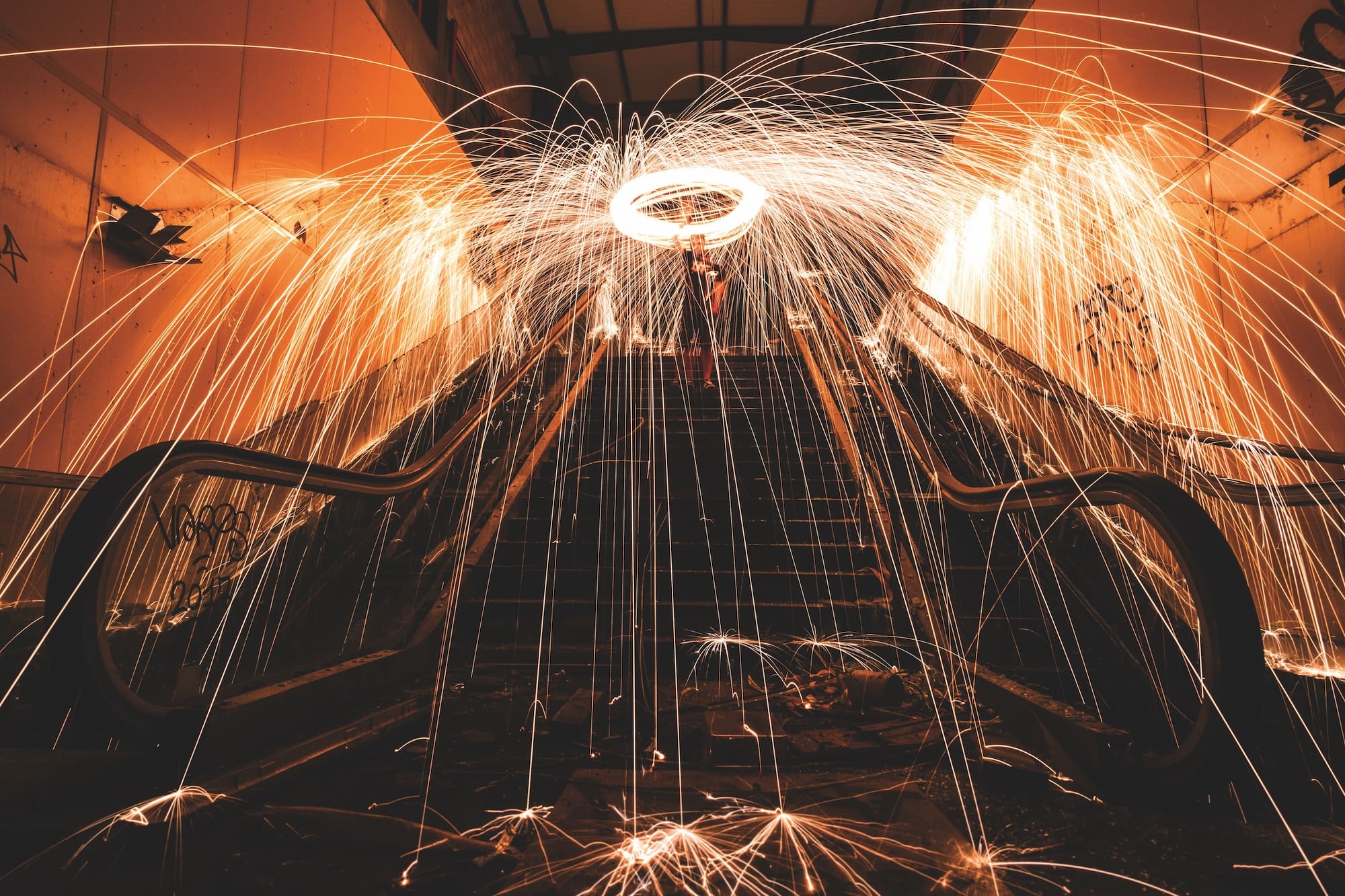Insight
Digital friction damages recognition
Stop obsessing over logos. Start fixing the clicks, taps, and swipes.

Marketing leaders love to talk brand. They obsess over recognition – logos, color palettes, typography. But recognition isn’t enough. These are wrappers, not the story. People don’t fall in love with wrappers; they connect with what a brand makes them feel, how it communicates, and how it behaves in real life.
And in 2025, real life is digital.
Your brand is every click, tap, and swipe
For energy providers, brand and user experience are not separate worlds. They are the same thing. A brand isn’t experienced in glossy ad campaigns or at industry events – it’s experienced when someone logs into your app, tries to pay a bill, or attempts to charge their car on the go.
These are the moments of truth and the data proves how often they go wrong: 73% of utility customers report frustration with mobile app complexity [J.D. Power 2023 Utility Digital Experience Study], while 68% of EV drivers abandon charging sessions due to app-related issue [ChargePoint User Experience Report 2024]. Customers don’t separate that frustration from the brand. The friction is the brand.
Just like an airline is ultimately judged not by its TV ads but by how painless it makes booking, check-in, and in-flight experiences. Businesses are judged by the interfaces they put in front of their customers. Recognition without usability is nothing more than empty decoration.
AI is raising the bar on user expectations
AI has fundamentally changed what people expect from digital interactions. When ChatGPT can instantly answer complex questions and voice assistants can control entire smart homes with a simple command, every other interface feels clunky by comparison.
Businesses are judged by the interfaces they put in front of their customers. Recognition without usability is nothing more than empty decoration.
This creates a massive problem for companies still relying on multi-step processes, confusing menus, and buried information. While AI delivers answers in seconds, energy customers are still clicking through five screens to check their usage or download a bill.
The gap is widening daily. Every seamless AI interaction trains users to expect less friction everywhere else – making traditional interfaces feel increasingly antiquated and user-hostile.
The cost of digital friction
The impact of poor design and experiences is measurable: 88% of consumers often won’t return after a bad user experience. Companies investing in UX see returns of $100 for every $1 spent [Gomez]. Good UX design can increase conversion rates by up to 400% [HubSpot].
For businesses, these numbers translate to real impact. When customers struggle, that friction directly erodes brand trust and customer lifetime value.
How do businesses address this?
Transforming digital friction into competitive advantage requires design-led thinking that combines systematic rigor with creative insight and relentless user focus. Something we at Brandpie have a depth of experience in doing for businesses. To help drive that change, these are some of the common activities we find helpful for businesses:
Experience auditing: Forensically examine every customer touchpoint, revealing friction points you can’t see from the inside. Map emotional journeys alongside functional ones to understand where customers feel frustrated versus delighted.
User research and testing: Validate solutions with real users before development begins. Test early, test often, then continuously optimize based on actual performance data rather than assumptions.
Experience strategy: Don’t just make things look better, make them work better in service of your brand promise. Integrate brand positioning with user experience design so every interaction reinforces what makes you different.
Unified brand and design systems: Create cohesive design systems that ensure every touchpoint, from mobile apps to web portals to in-car interfaces, feels like part of the same connected brand experience.
When customers struggle, that friction directly erodes brand trust and customer lifetime value.
Branding is no longer skin-deep
This is the uncomfortable truth: your customers experience your brand not in campaigns but in clicks. Every glitch is a crack in your promise. Every seamless interaction is proof you can be trusted.
So yes, recognition matters – but not nearly as much as reputation earned through responsiveness. Not nearly as much as loyalty built one smooth tap at a time.
If you’re serious about brand, stop polishing the wrappers. Start redesigning the experience. Your brand is your interface.



